The Baconer’s Brunch, hosted by the South African Pork Producers’ Organisation (SAPPO) in Pretoria on 23 May 2024, introduced local agricultural journalists to some of the stakeholders in the pork industry – from pig farmers, genetics companies, and processors to financiers, academics, and marketers. The interactive Q&A discussion explored a future-looking collaborative approach to driving competitiveness in the meat category and leveraging future opportunities.
Data analysis for business efficiency, traceability, and customer assurance

“You cannot manage what you don’t measure”, said Rika Verwey, SAPPO’s business intelligence manager, highlighting the importance of data-driven decision-making for the pork industry.
SAPPO’s business intelligence unit collects and analyses accurate data to provide high-value, actionable business insights to optimise production efficiencies and future-proof the supply chain. She explained that these datasets can drive market competitiveness and food safety within the pork industry while prioritising environmental and social responsibility.
Verwey outlined practical use cases of SAPPO’s World of Pork, a free, integrated platform for data analysis. She explained its integration with SAPPO’s Pig Movement app, which tracks animals between World of Pork-registered units, other producers, and abattoirs for improved traceability. This guarantees adherence to SAPPO’s Pork 360 consumer assurance programme, demonstrating how the value chain is committed to best practices. Traceability will remain a cornerstone of effective disease management and an environmentally conscious supply chain.
Genetics drives South Africa’s pork industry
SAPPO pig farmers are leveraging advancements in breeding and genetics to improve performance and produce safe, nutritious, and ethically produced protein. “Genetics, animal health, and feed price are the key drivers of the pork industry,” said pig farmer and former SAPPO chairman Johan van der Walt. “The goal is to produce quality meat with improved palatability and less visible fat while ensuring the correct growth-to-feed-conversion ratio,” he continued.

“Genetic progress allows us to produce more with less,” said fellow pig farmer and SAPPO chairman Stephen Butt. He added his personal insights by saying, “Ten years ago, we marketed 2 000 kg of carcass mass per sow, per reproductive unit. This year, that number will be over 3 000 kg.
Animal health in pig farming
South Africa’s pig-producing industry operates in an African swine flu- (ASF-) endemic environment with widespread foot-and-mouth disease, among other health challenges. As of 2011, SAPPO recommended its members adopt a strict compartment system, alongside optimal biosecurity procedures, to maintain the health and welfare of pig herds, manage disease risks, and provide verifiable assurances to importing countries and the local market. Dr Peter Evans, SAPPO CEO, described this animal health approach to pig farming as a “win-win, all the way”.
“If you consider production statistics and the cost of health products on farms, there’s a huge difference between healthy herds and those that require conventional health and must be treated and vaccinated regularly,” said Dr Evans. “Not only is the compartment system important for disease management, but it also helps farmers manage their productivity from an economic perspective,” he added.
“Not only is the compartment system important for disease management, but it also helps farmers manage their productivity from an economic perspective.”
Dr Peter Evans

Animal welfare: legislation and public sentiment
South Africa was progressive in implementing the Performing Animals Protection Act (24 of 1935) and the Animals Protection Act (71 of 1962). The country’s constitution also recognises that animals have intrinsic value and that their protection is in the public’s best interest. While animal health and well-being are primarily judged by an animal’s physical state, today’s animal protection conversation focuses on their mental state, ensuring they do not suffer significant psychological harm, explained Tony Gerrans, executive director for Africa at Humane Society International.
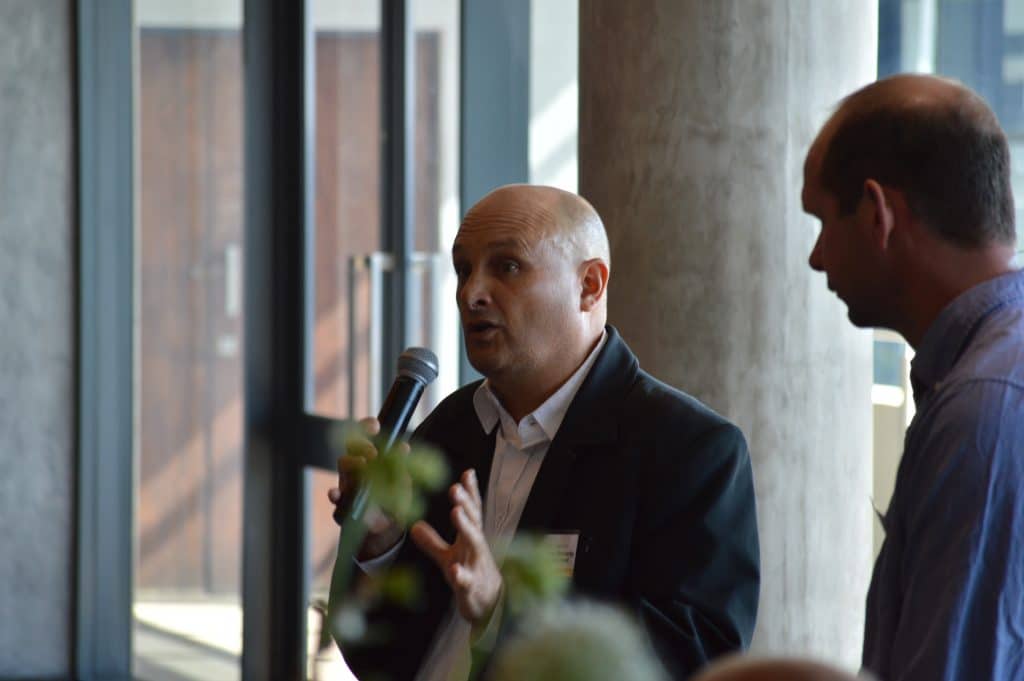
“South Africa’s pork industry is doing well in relation to other [meat] industries. We welcome SAPPO’s approach to developing a body of work on animal welfare that allows for science-based progress and for that progression to be framed within the economics of your industry,” said Gerrans. However, animal welfare and production metrics do not always correlate. In certain contexts, looking after animals better yields better returns. In other contexts, welfare requirements that enrich animals’ lives, such as housing and diet, constitute additional costs. He explained that that is an unavoidable truth, especially in large, intensive, unorganised facilities.
“If the pig industry develops a systemic pathway where production methods coincide with society’s values and consumer principles, it will move forward collectively and develop standards in an orderly manner to significantly mitigate possible financial risks,” he concluded.
Busting pork myths with facts
SAPPO’s consumer education efforts focus on the fact-based nutritional benefits of pork, based on research conducted by Stellenbosch University. For example, pork is high in selenium, vitamin B6, and vitamin B12.
The goal is to change consumer perceptions of pork and drive consumption in traditionally under-served market segments, explained Christian Zimelka, head of consumer education at SAPPO.

SAPPO bolsters consumer awareness through factual editorial content, media advertisement and partnerships, healthy free-to-download recipes on SA Pork, and brand awareness of the pork meat category at the retail level. Meanwhile, SAPPO Selekt has created short educational documentaries to introduce consumers to South African pig farmers. This allows pig farmers to tell their stories, how they are custodians of the land, endeavour to protect biodiversity and the environment, spearhead the responsible use of renewable resources, and prioritise animal health and welfare, among other important considerations.
“Pork has the lowest food waste of all the meat categories,” added Professor Hettie Schönfeld from the Department of Animal Science at the University of Pretoria.
Future-proofing the industry
To remain competitive, South Africa’s pork industry needs to adopt innovative technologies, prioritise modernisation, and diversify its value chain with the help of strategic investments to sustain its long-term profitability.
South Africa’s pork production is increasing – the average South African eats 5,43 kg annually – while the number of sows remains largely unchanged, illustrating the industry’s continued growth.
Pork has become a staple across South Africa’s informal settlements. However, it remains a price-sensitive meat product; if it is not priced right, budget-conscious consumers often choose chicken instead. From a retail pricing perspective, processed pork (R149/kg) competes with fresh beef (R146/kg) and is more affordable than fresh lamb (R158/kg), while fresh pork is the most affordable meat category at the moment at R91/kg.
In closing, the industry can navigate challenges by embracing data-driven decision-making, prioritising animal health and welfare, modernising operations, and fostering consumer trust and brand awareness through transparency. Through collaboration, SAPPO members and industry stakeholders can ensure South African pork’s sustainable and profitable future. Contact events@sappo.org to book your seat at our next event.

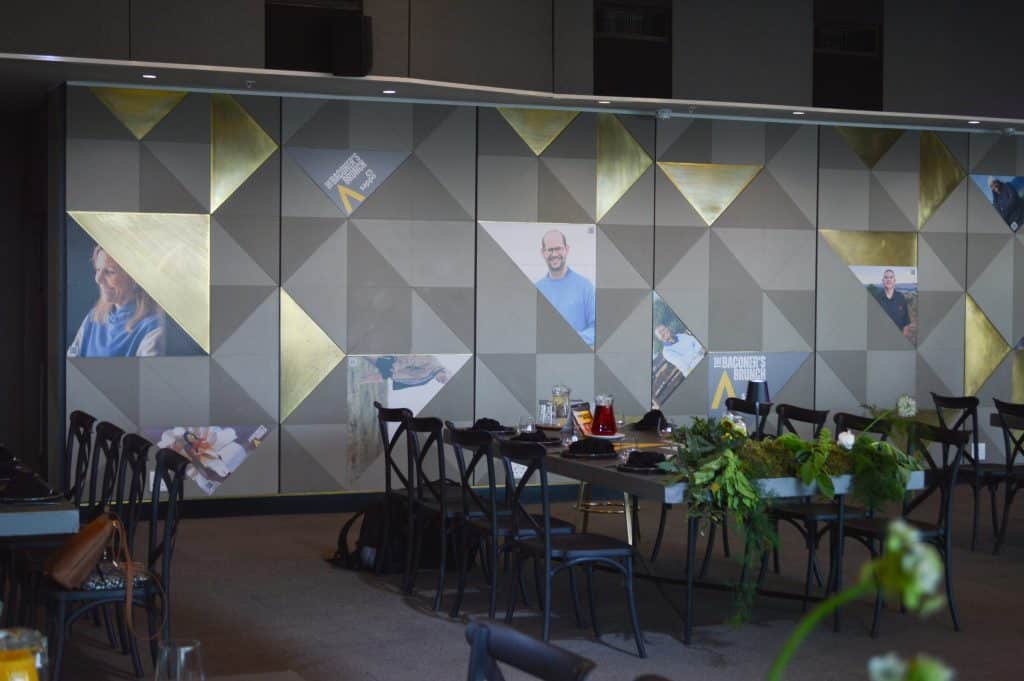


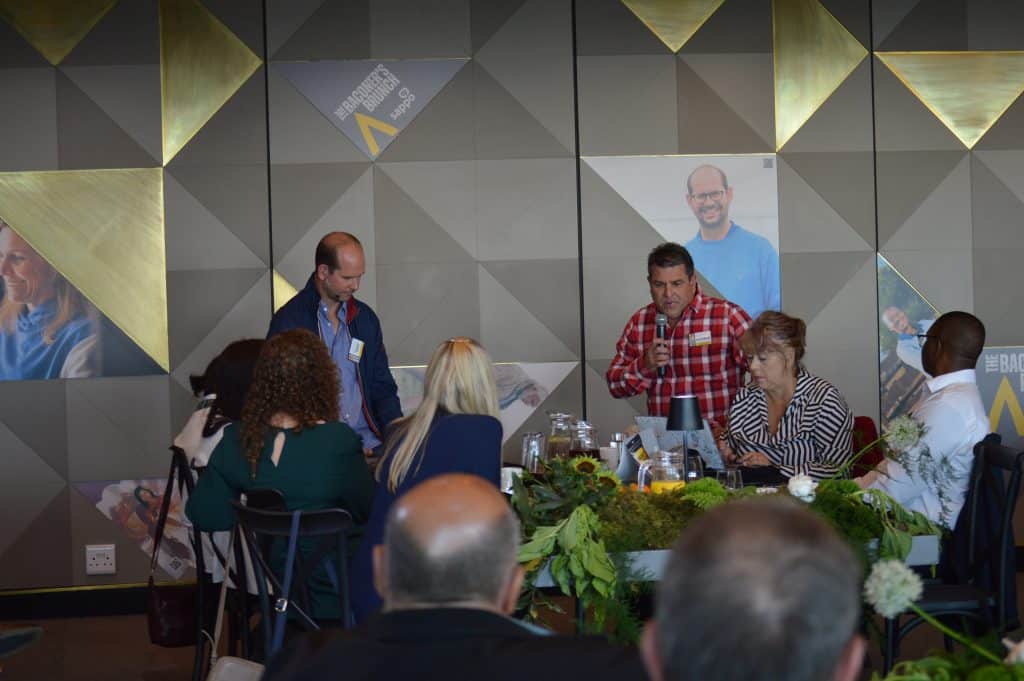
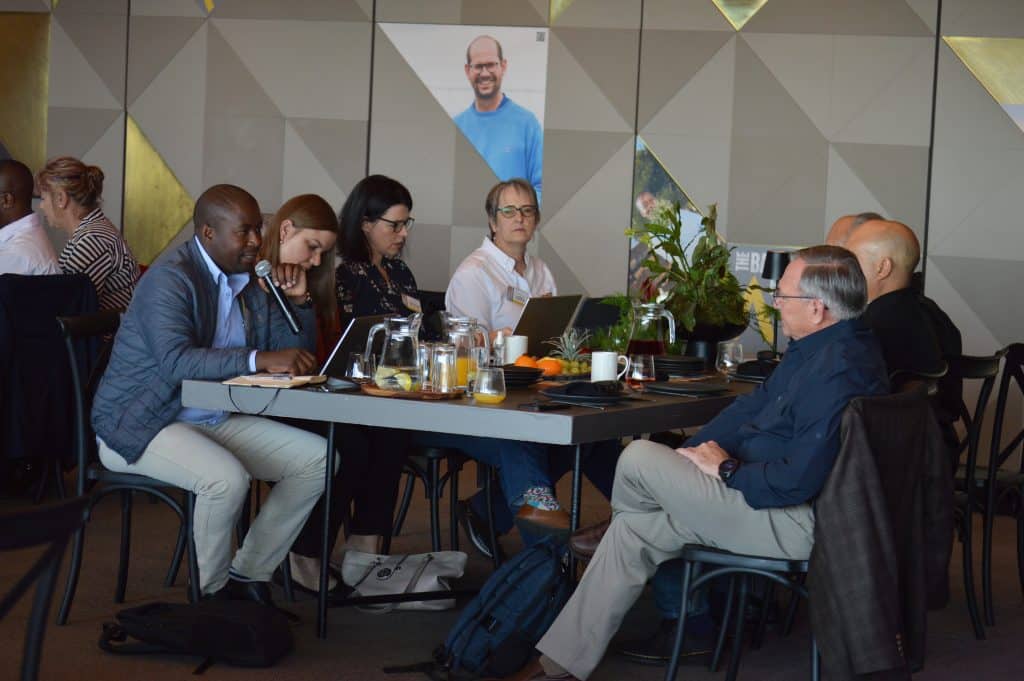





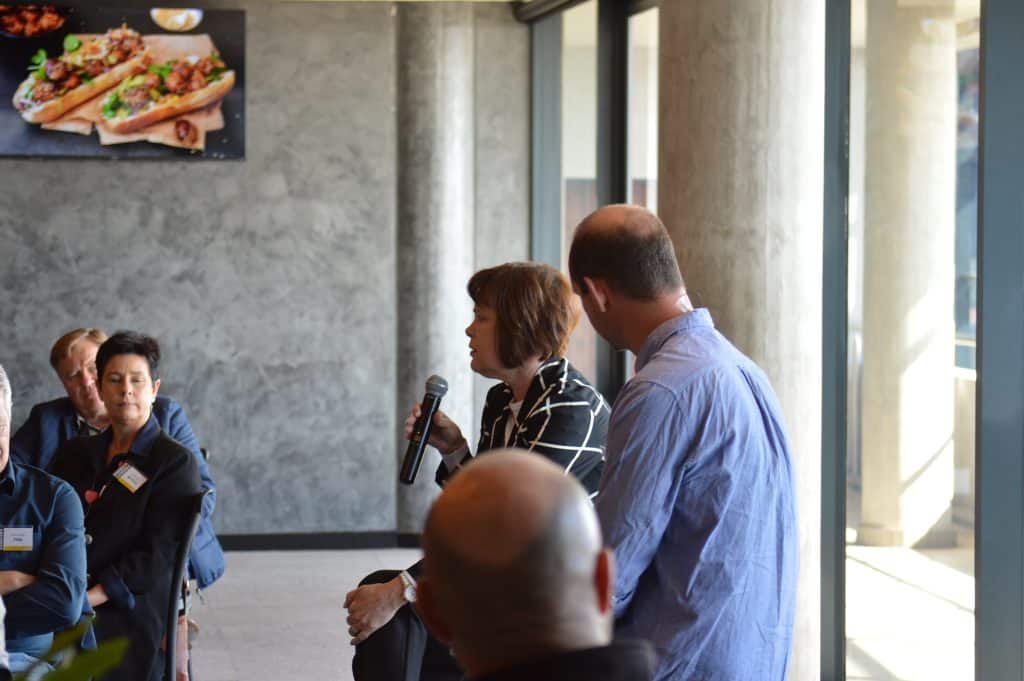
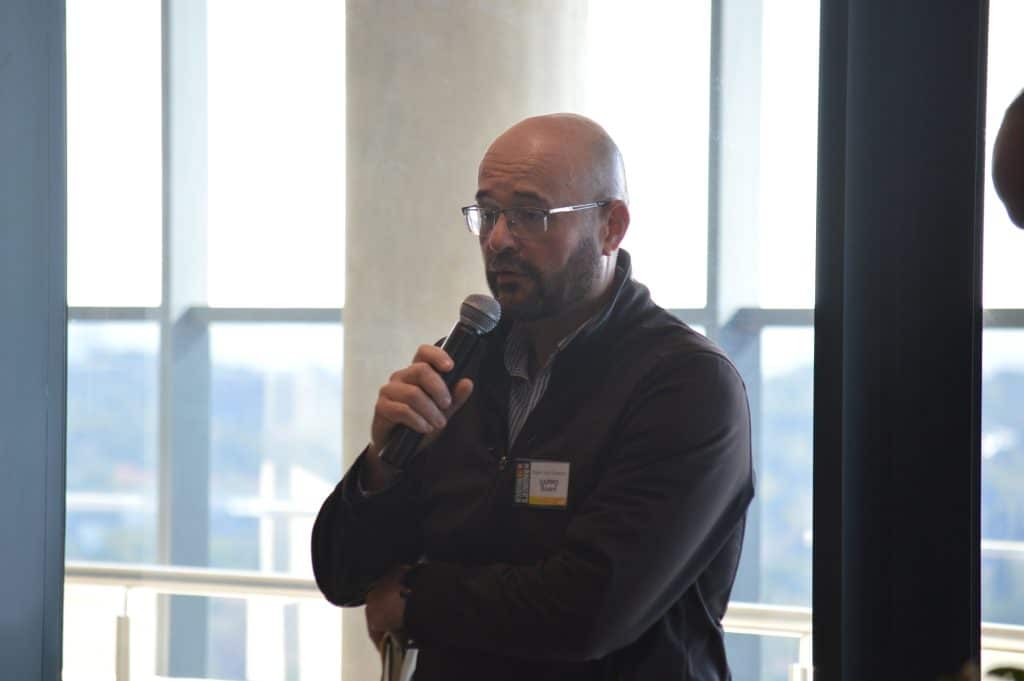

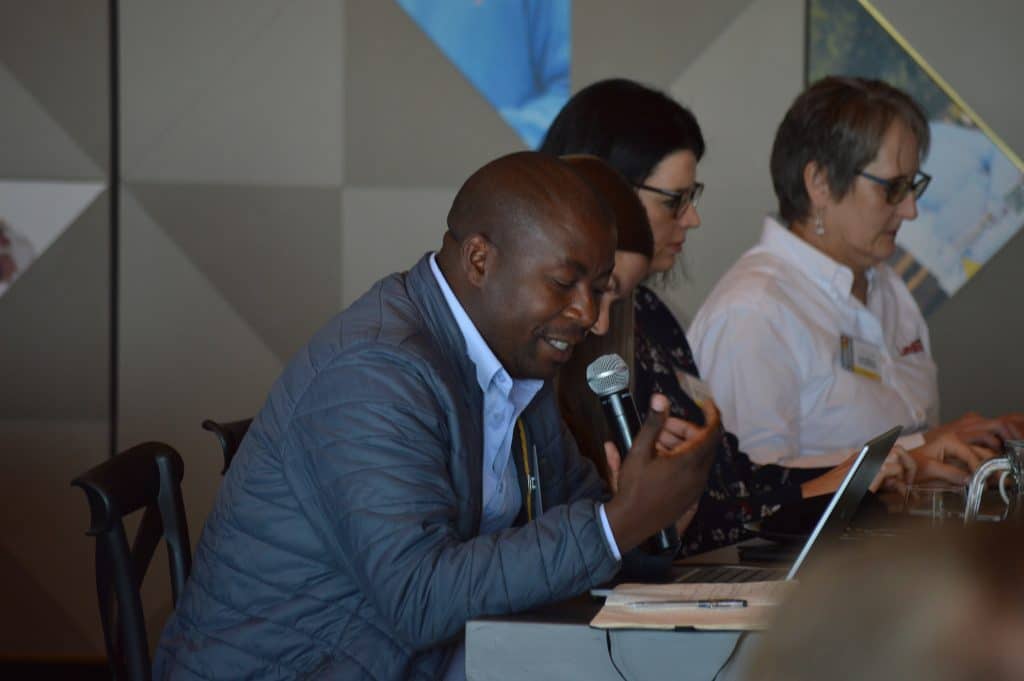
The South African Pork Producers’ Organisation (SAPPO) coordinates industry interventions and collaboratively manages risks in the value chain to enable the sustainability and profitability of pork producers in South Africa.
















